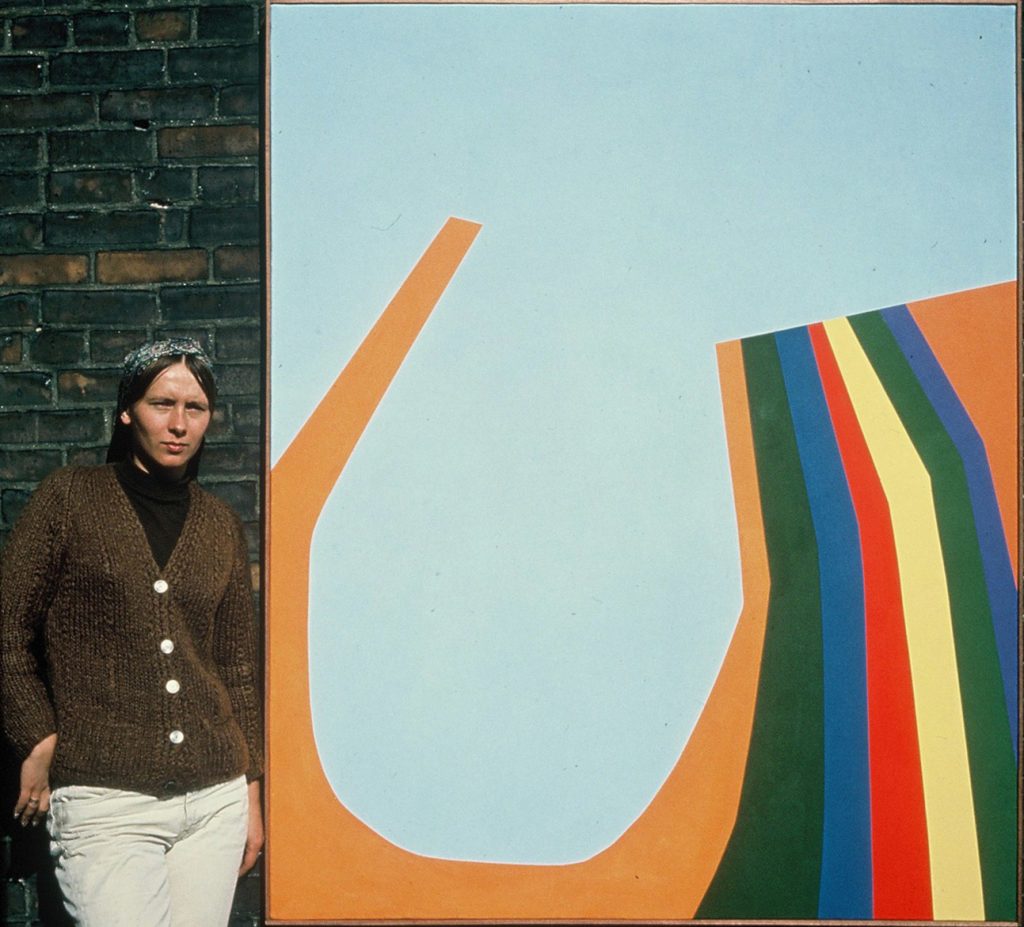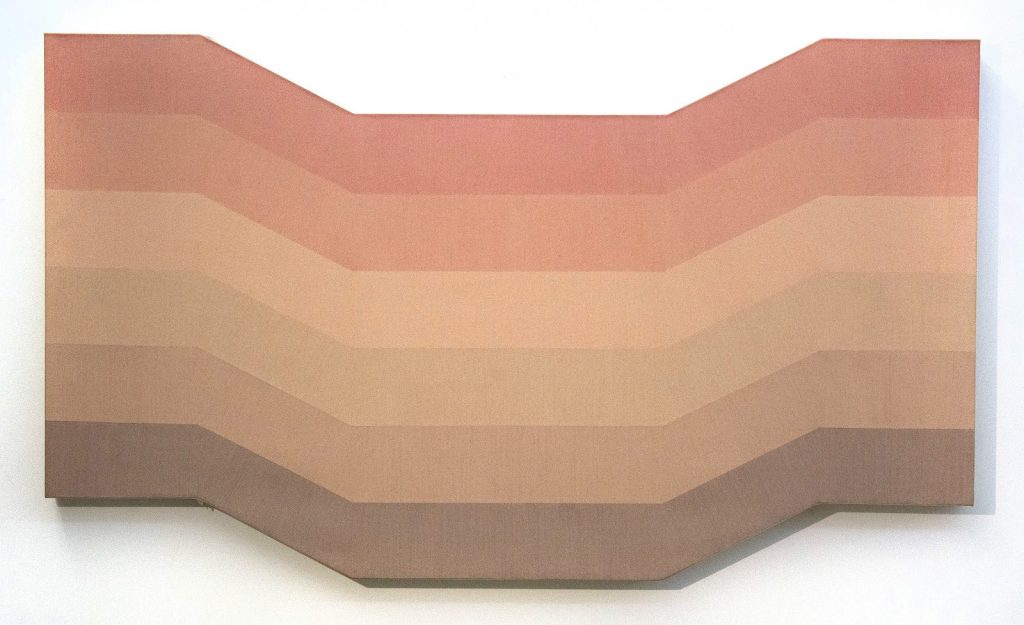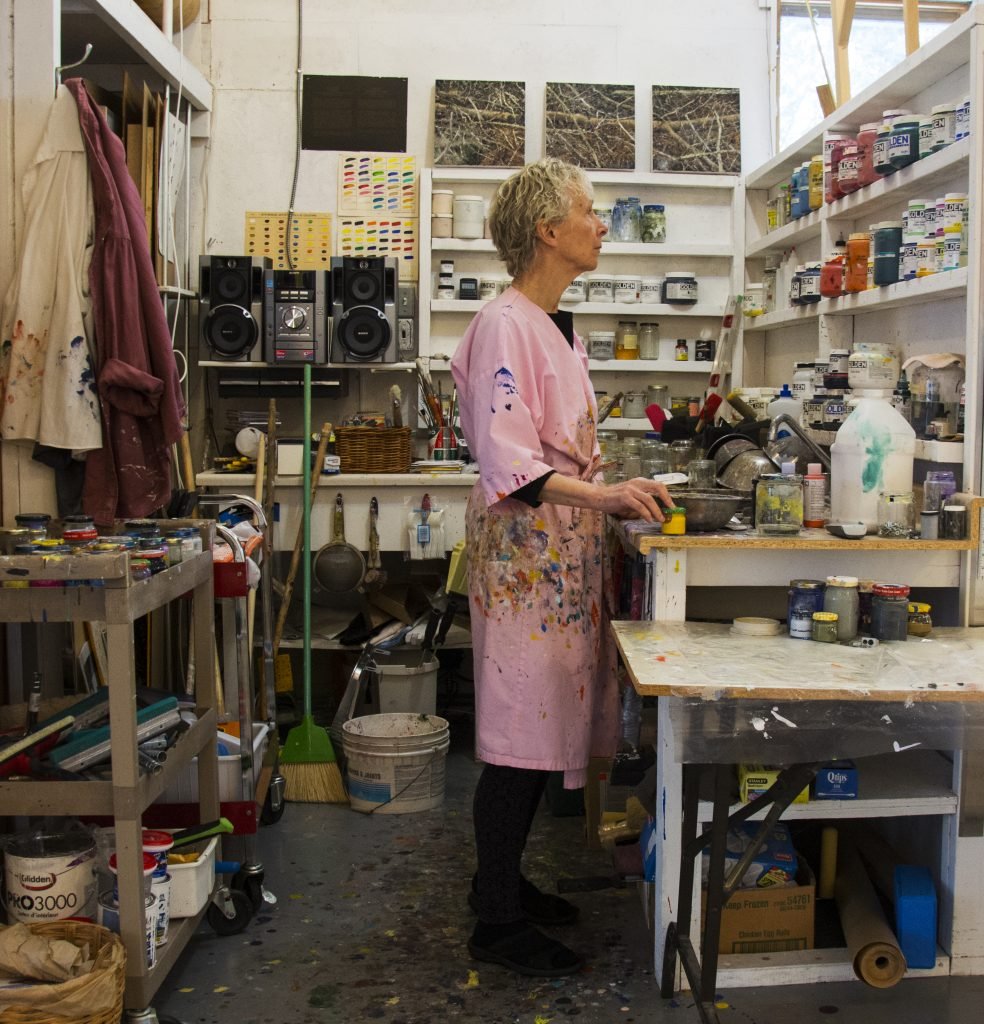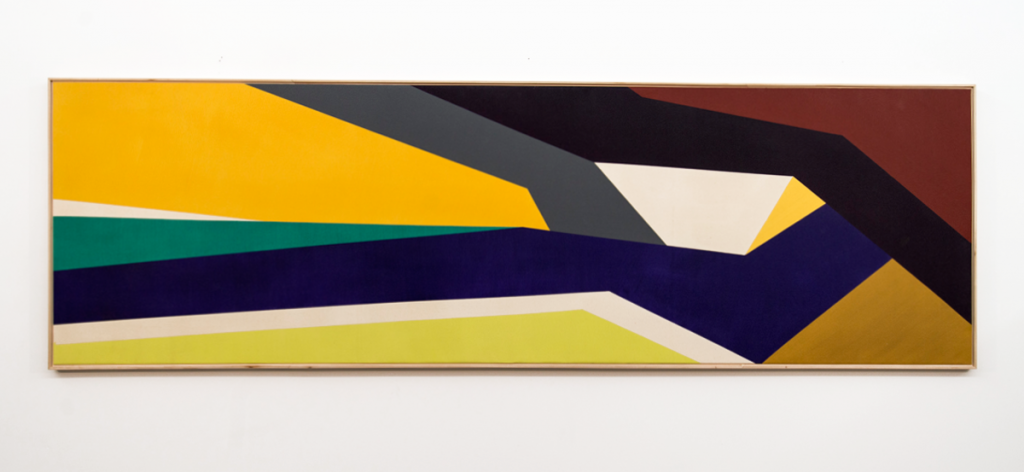Gallery Network
Spotlight: Canadian Artist Milly Ristvedt’s Pivotal ‘Highway Paintings’ Were Believed to Be Lost—Now They’re Getting Their Due
Three works by the artist were recently acquired by the National Gallery of Canada.

Three works by the artist were recently acquired by the National Gallery of Canada.

Artnet Gallery Network

Every month, hundreds of galleries add newly available works by thousands of artists to the Artnet Gallery Network—and every week, we shine a spotlight on one artist or exhibition you should know. Check out what we have in store, and inquire for more with one simple click.
About the Artist: Canadian painter Milly Ristvedt was born in 1942 and began making art in Toronto in 1964. While attending the Vancouver School of Art, Ristvedt studied under Takao Tanabe and Roy Kiyooka. They introduced her to the work of Color Field artists Kenneth Noland, Frank Stella, and Morris Louis—artists who would have a significant influence on the direction of Ristvedt’s work. A pivotal moment in her career came in 1969, when she embarked on a road trip from Toronto to Montreal, spending her days observing the light and shadows on the landscapes around her. The trip inspired her “Highway Paintings,” hard-edged, and yet poetic visions of her homeland that she created while sharing her studio with her mentor, the artist Jack Bush. Over her long career, Ristvedt, who is represented by Ontario’s Oeno Gallery, has had over 50 solo exhibitions. Her work is in the collections of the Art Gallery of Ontario, the Boston Museum of Fine Arts, the Musée d’art contemporain de Montréal, and Harvard University in Cambridge, Massachusetts.

Milly Ristvedt, Joyride (1968). Photo courtesy of Oeno Gallery.
Why We Like It: In the fall of 2021, Oeno Gallery opened the seminal exhibition “The Highway Paintings, 1969,” an impressive showcase of Ristvedt’s influential series. But the exhibition would not have been possible even a year earlier. Shortly after the journey, the artist relocated to Montreal and thought she lost many of her earliest works in the series. Over 50 years later, while organizing her home studio in Ontario, Ristvedt found several unfamiliar rolls of canvas that turned out to be the lost paintings. Following the exhibition, the National Gallery of Canada in Ottawa acquired three of Ristvedt’s paintings—two early works, Joyride (1968) and Highway No. 4 (1969), as well as April Sunny Day (1988), from some twenty years later. The three works together show the artist’s evolving ability to use color to convey emotion, season, and a sense of movement.

Milly Ristvedt in studio. Courtesy of Oeno Gallery.
According to the Artist: “The nature of my art is to resist words; a consequence of the basic premise of freedom of interpretation offered by abstract art, and my enduring belief in color in painting as a language that can speak to mind, body, and soul. Color has been central to my explorations in painting from the beginning. It has a dual (and magical) identity as an elusive, optical sensation and physical, material substance that compels me to explore its expressive possibilities.
“I came upon my understanding of the essential natures of form and color in a sudden, revelatory instant when I was very young, and with practically no art experience. All that I have encountered since—art from other eras, places, and motivations—confirms that moment as the beginning of an inevitable path. It is also inevitable that my art practice is regularly infused, not only by other art, but by all that I experience of life and the world, including the world of possibilities.”

Milly Ristvedt, Highway No 4 (1969). Photo courtesy of Oeno Gallery.